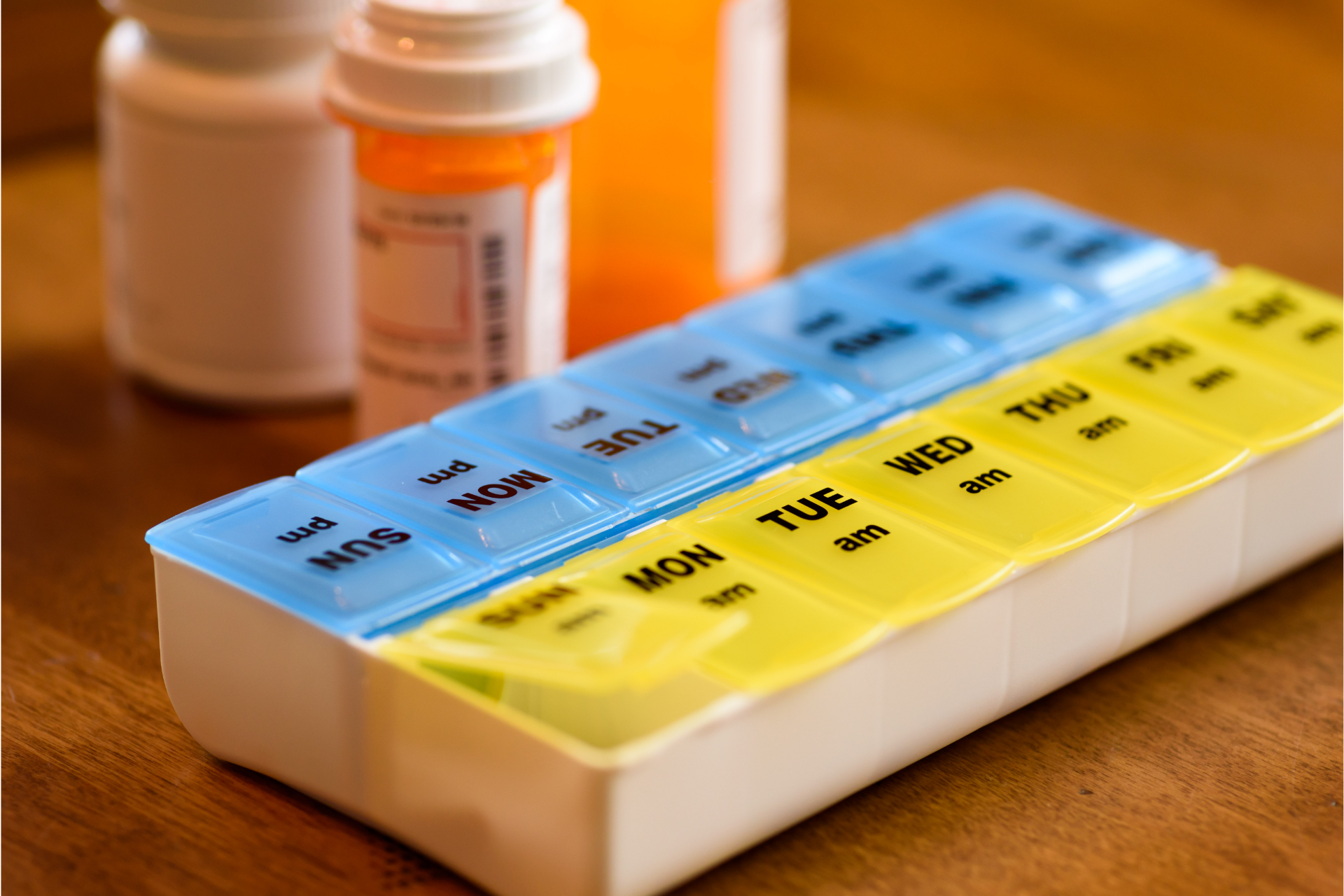Medicare Part D Plans – Prescription Drug Coverage Guidance

What Is Medicare Part D?
Medicare Part D provides prescription drug coverage through private insurers. If you have Original Medicare or a
Medigap plan, you’ll choose a stand-alone Part D plan (PDP). If you have
Medicare Advantage, drug coverage is often included (MAPD). Realegacy Partners helps you compare plans that fit your medications and pharmacies.
How Part D Works
Each plan features:
- A formulary (list of covered drugs) with tiered pricing.
- A monthly premium that can vary widely.
- Possible deductible, plus copays or coinsurance at the pharmacy.
- Initial coverage stage with
catastrophic protection after.
Realegacy Partners will review your medication list against plan formularies and pharmacy networks to minimize your total out-of-pocket costs.
Choosing the Right Drug Plan
- Your medications – Make sure each drug (and dosage) is covered.
- Pharmacy access – Check preferred pharmacies (or mail order) for the best pricing.
- Total annual cost – Consider premiums + deductible + copays for your list of medications.
- Plan changes – Re-evaluate each year during the Annual Enrollment Period (AEP); formularies and costs can shift year to year.


FAQs About Part D
What drugs are covered?
It varies—each plan sets its own formulary.
How often can I change plans?
Typically during AEP (Oct 15–Dec 7).
What’s the donut hole?
A temporary phase where your share of costs can increase, before catastrophic coverage reduces them.
Do I need Part D if I take no meds?
Generally yes—to avoid penalties and prepare for new prescriptions.
The Late Enrollment Penalty
If you go without creditable drug coverage when first eligible, you may pay a lifelong penalty added to your premium. Even if you take few medications today, a low-cost plan can protect you from penalties and surprise prescriptions later.


